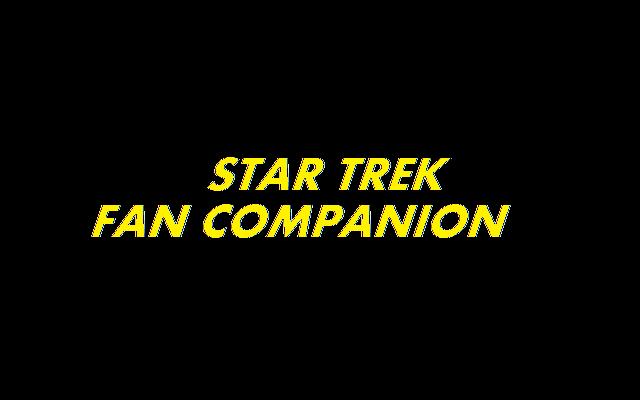the story: A time-traveling Starfleet officer inadvertently causes the ship to travel to 1996, where the crew meets an enterprising businessman who's exploited the wreckage of that's officer's ship...
what it's all about: The "Future's End" two-parter effectively introduces Voyager's updated storytelling model, replacing serialized episodes with "event" episodes. Two-part episodes midseason had happened before, in all three of the preceding series, but the scope of the idea was what became supersized in Voyager, meant to deliver a big one-off concept capable of filling two hours. "Future's End" does it by expanding on a concept the original series explored twice ("Tomorrow is Yesterday," "Assignment: Earth"), in which the crew travels to our present (relatively speaking) and risks exposure in order to fix a problem of some kind. This idea even became a movie, Star Trek IV: The Voyage Home, released in theaters ten years previous to "Future's End."
Tossing in an additional layer of time travel seems in hindsight a preview of Enterprise's Temporal Cold War, meant to assuage concerns about setting a whole series in the past. Braxton, the wayward temporal Starfleet officer, becomes himself more significant in the later (one-episode) "Relativity," by the way.
Which means, putting all that aside, the drama of this story is in confronting characters from 1996. One of them is a Bill Gates genius who like Rasmussen in Next Generation's "A Matter of Time," stole all his best ideas. The other is kind of a nod to '90s sci-fi, a woman who's looking for proof that there's intelligent life "out there" (even if she's more civilian than spooky government agent, as in The X-Files), who ends up another nod to Voyage Home.
The rest of the impact comes from execution, sort of like the climactic moments from Deep Space Nine played out in episodic material. These things were billed as mini-movies, and it shows. And they'd get better in the fourth season ("Year of Hell").
criteria analysis:
- franchise - Update of classic episodes like "Assignment: Earth."
- series - Signals a new era of storytelling in Voyager.
- character - It's an ensemble effort.
- essential - The stakes may have changed, but the impact remains rich.
Ed Begley, Jr.
Sarah Silverman
